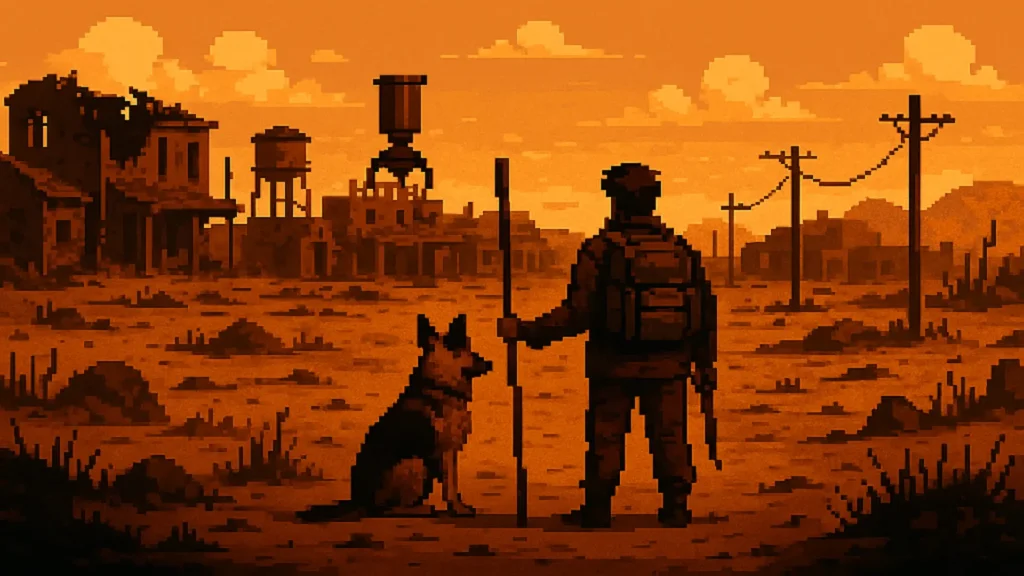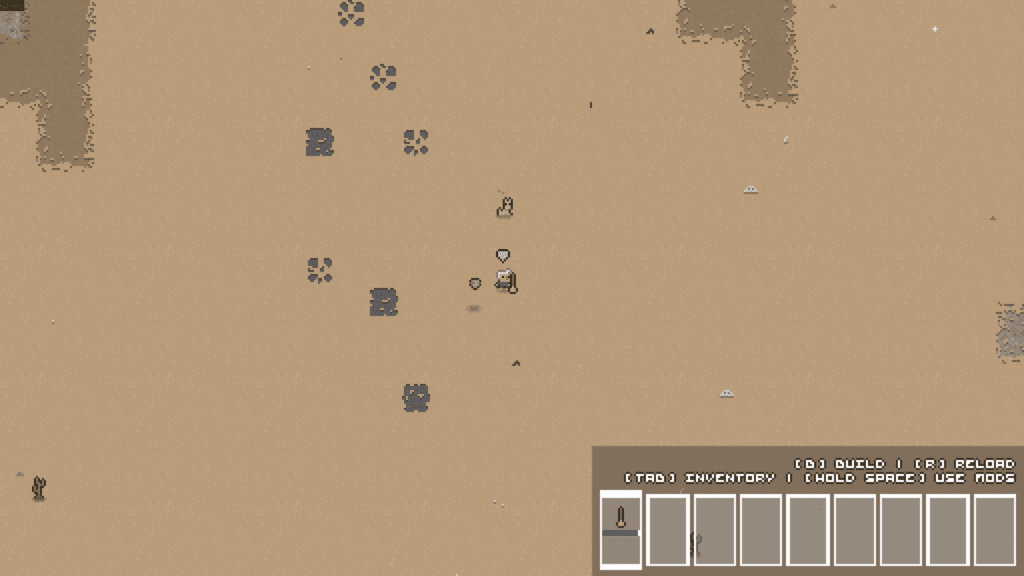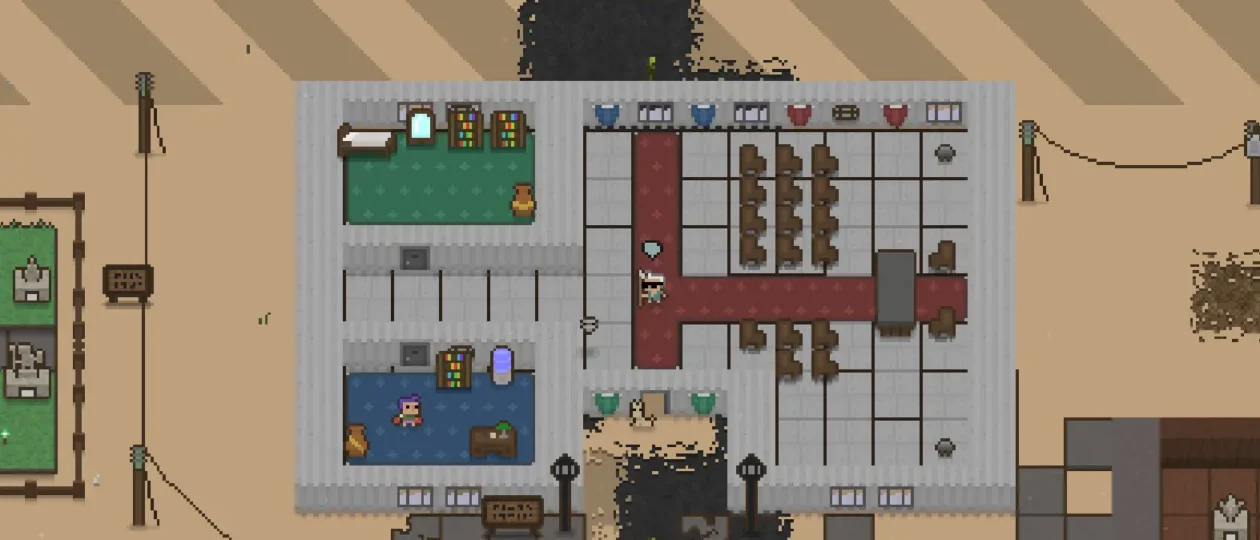We’re back, and it’s mid-November! Things feel rather wintry here in the UK right now, and I’m currently huddled in a blanket typing out my thoughts for today’s games. It is pretty chilly out there, which is reminding me that I’m becoming an old man. At least we still have games, and the Game of the Year discussions are always interesting.
I’m featuring just one game today while I juggle some projects. That game is Sand, A Superfluous Game that popped up on my radar. It is a fairly quirky little game, and it has been keeping my attention over the past weeks. As always, all opinions are my own, and these reviews should be considered as a first impression of the game.
Launching in September this year, Sand is a surprisingly low-key experience despite the depth it offers. Developed by Voided Pixels Studio, Sand has some interesting mechanics that help it stand out, and the game deserves more attention.

At its heart, Sand is an open-world game that blends base-building, exploration, and survival in a pleasant top-down art style, and there’s a surprising amount of lore in this world. Set in a post-apocalyptic version of Alaska, centuries after a catastrophic event, humanity is struggling to survive. The setting is pretty creative, blending undead, cosmic horror, and mutant monsters. It’s almost like someone took Rimworld, classic Fallout, and Cataclysm, put them in a white room, and told them to have a baby. And that sounds like something I’ll play, so let’s give it a try! It sounds like a hot mess, but there is a lot to like here.
In this cheerful version of Alaska, the player finds a mysterious cube from space. Against this backdrop, you embark on a journey of building and survival while uncovering secrets and forming bizarre alliances. The game is played from a top-down perspective, allowing the player to control a single character while teaming up with AI companions for more challenging missions. The classic gameplay loop feels solid and comfortable for anyone familiar with these kinds of games. You must craft and manage your base from a ruin into a new bastion for humanity, researching new technologies, managing resources, and venturing deeper into the wasteland. The cosmic horror and fantasy elements are pretty cool too, and you gain access to mysterious “Sand Powers” such as Sand Wall, Rock Throw, and Glass Blast.

While death isn’t permanent with any roguelike mechanics (thank god), it comes with penalties. Exploration is encouraged, as venturing farther yields more resources, but also increases the risk of death. There are also some interesting survival mechanics, such as a reliance on water in travelling through the wasteland, so you’ve got to be very careful in how you approach exploration. This game isn’t easy.
The visual style features pixel graphics in a top-down perspective, combining familiar indie aesthetics with a dystopian yet absurd tone. Think giant rhinos, space cubes, and llama racing. Additionally, despite its open-world and sandbox elements, the travel mechanics may feel restrictive compared to more fully open worlds.
If you enjoy indie games with bold ideas and a mix of gameplay styles, and can appreciate a healthy dose of absurd humor, Sand: A Superfluous Game is a fresh and entertaining choice. It offers both mechanical depth and surprisingly engaging world-building. There is something truly special here, although I need to play more before I decide how much I feel about it. The price point is excellent for what you’re getting, and Sand offers a terrific deal for that.

